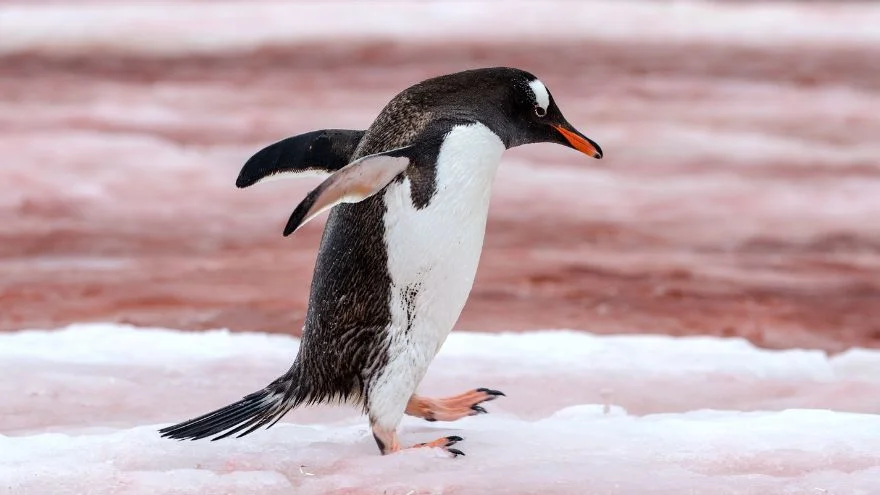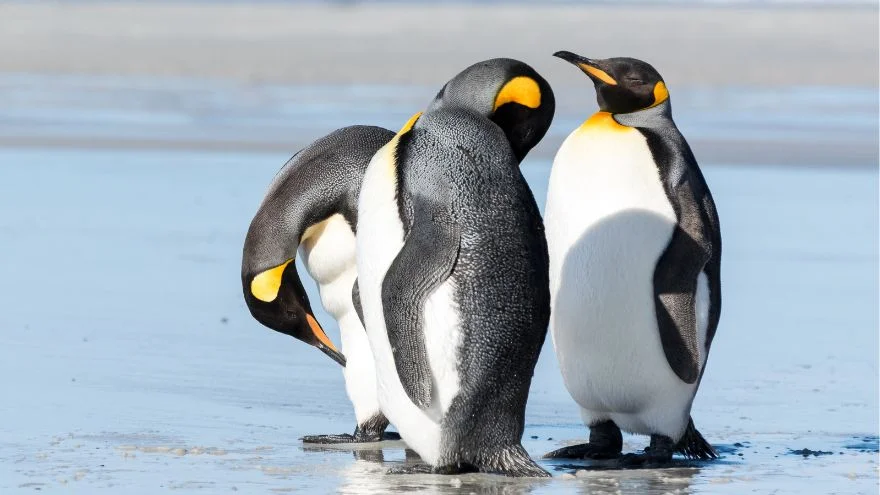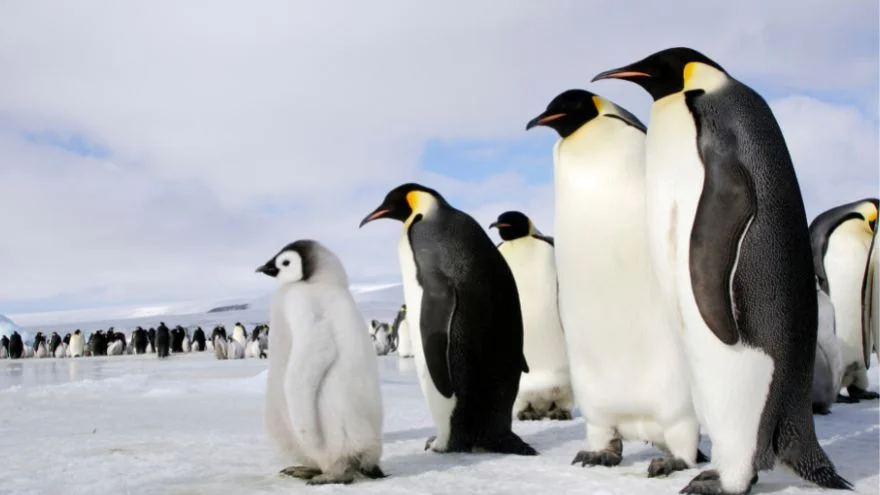The penguin is an adorable bird, endearing us with its looks and the way it walks. Not surprisingly, people want to know more about penguins.
This article serves to answer one of the many questions often asked: Do penguins have tails?
Penguins do have tails, which are visible when you get a profile view of them. Most species have short and stubby tails, but not all.
Some species have tails that grow up to 40cm in length. These tails play important roles for penguins, and scientists have benefited from them too.
Read on to explore more on the subject!
Do Penguins Have Tails?
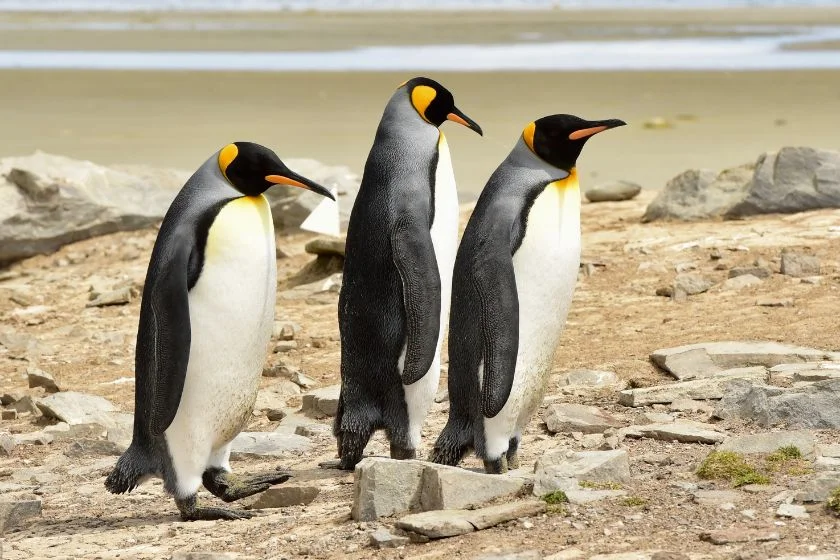
The answer is yes. All penguins have tails, and these tails seem to be as important to them as our limbs are to us.
A penguin without a tail would be deformed as it helps them survive. Another term used to describe the penguin’s tail is the fluke.
Their tails are adapted to help them survive, especially the species living in a cold environment. Because they’re flightless birds, the tails and wings don’t help them fly.
However, they have other functions which we’ll look into right after looking into what the tail looks like and what it is made of.
Also See: Do Penguins Have Knees
The Penguin Tail Explained

The penguin is usually short and stubby, measuring just a few centimeters in length. There are some species with longer tails, but they remain the minority.
Most penguins have no use for long tails and get along well with short ones.
Birds with longer tails are known as brush-tailed penguins, and their tails measure up to 40 centimeters in length, which is quite long compared to the stub other species have.
In general, the penguin’s tail is stiff, unlike other birds with tail feathers that move freely. This difference makes some people claim that their tail isn’t made of feathers.
However, that is a myth. The penguin’s tail is structured with feathers. Short-tailed penguins have up to 18 short feathers.
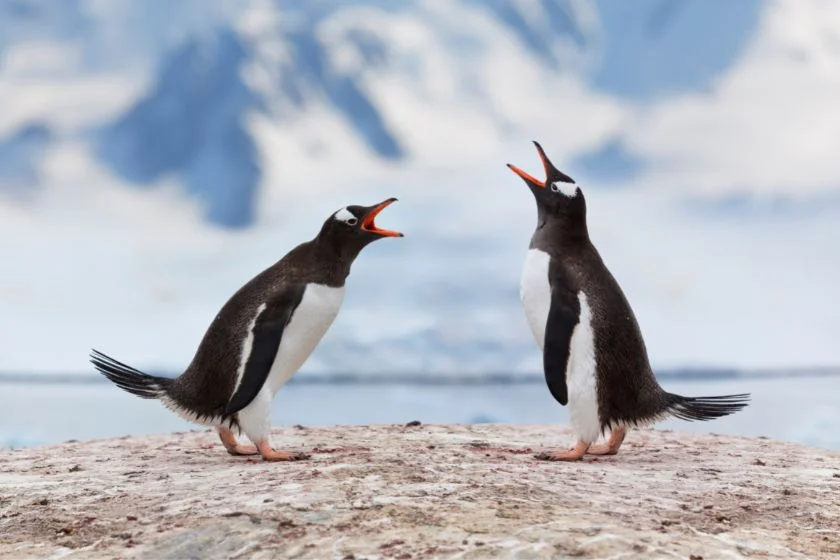
Brush-tailed penguins seem to have the same number of feathers, but the feathers are long.
The penguin’s tail has no bone, but it has muscles and tendons that don’t make the lack of bone obvious.
What Do Penguins Use Their Tails For?

The role of the penguin’s tail is similar to that of other birds, but not in an exact manner. These birds can’t fly, but this doesn’t make the tail less important.
The first function of the tail is that of counterbalance. Birds use their tails to maintain balance while they fly, and penguins need the tail for balance while they swim.
Some species with longer tails even use the tail for balance while they walk.
Penguins spend a lot of time underwater, especially when hunting fish. The tail serves as a rudder to propel them forward and steer them in different directions.
It also keeps the penguin stable underwater and can be a form of communication. It is the tail that makes them move fast while going after a fish, and slow when needed.
Penguins can use their tails to camouflage and signal territory. When close to a potential predator it can make itself look smaller by bending the tail forward.
When facing another penguin, it can make itself look bigger and more threatening by moving the tail backward.
Why Do Penguins Shake Their Tails?
A common trait amongst penguins is that they shake their tails. This looks just as cute as puppies wagging tails, but penguins don’t do this just to impress.
Whenever a penguin shakes its tail, it is trying to express something to another penguin. One reason a penguin will shake its tail is to establish dominance.
When confronted by another penguin, a dominant one will shake its tail to intimidate the other and even declare a fight. If the other penguin is of a lower rank, it will also wag its tail and turn away to show submission.
A penguin can also shake its tail to communicate fear to other members around. This often happens when it sights a predator and wants to warn others in its social group.
The last reason penguins will shake its tail is for mating purposes. When a penguin meets a love interest, it shakes its tail to impress.
Even after getting a mating partner, they still wagtail to declare affection. These birds are usually monogamous.
Which Penguins Have Longer Tails?
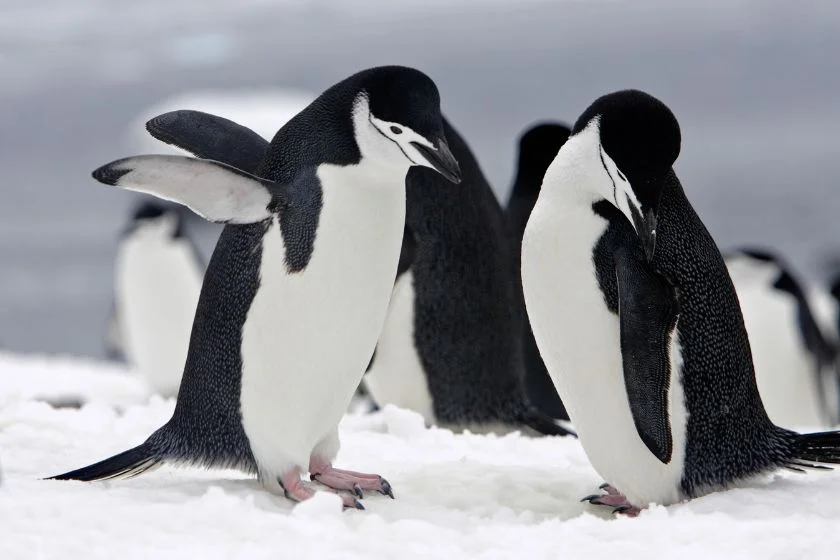
Having established that more penguins have short tails and there are a few with long tails, here’s a list of the species with tails longer than the standard:
- Chinstrap
- Adélie
- Gentoo
How Do Scientists Benefit from Penguin’s Tails?
The penguin’s tail has become a focus of research for many experts, especially when learning how to conserve penguins, as these birds have been declining over the years.
They tend to migrate in search of food, and one study geared at tracking their pattern of migration.
The researchers used trackers to keep a record of how penguins go in search of food, and also took a feather off the tail to make their findings.
The feathers had some chemicals that contained amino acids gotten from the organism that penguins eat. This helped them locate where penguins feed.
You May Also Like:
How Do Penguins Sleep? (Lying Down Or Standing Up?)
Conclusion
The penguin’s tail serves many purposes, and you can agree with us that it is an essential part of this bird’s structure.
The tail helps it survive and interact with other members around. It has also helped further research on how best to conserve the penguin population, a very important study due to the population decline.
